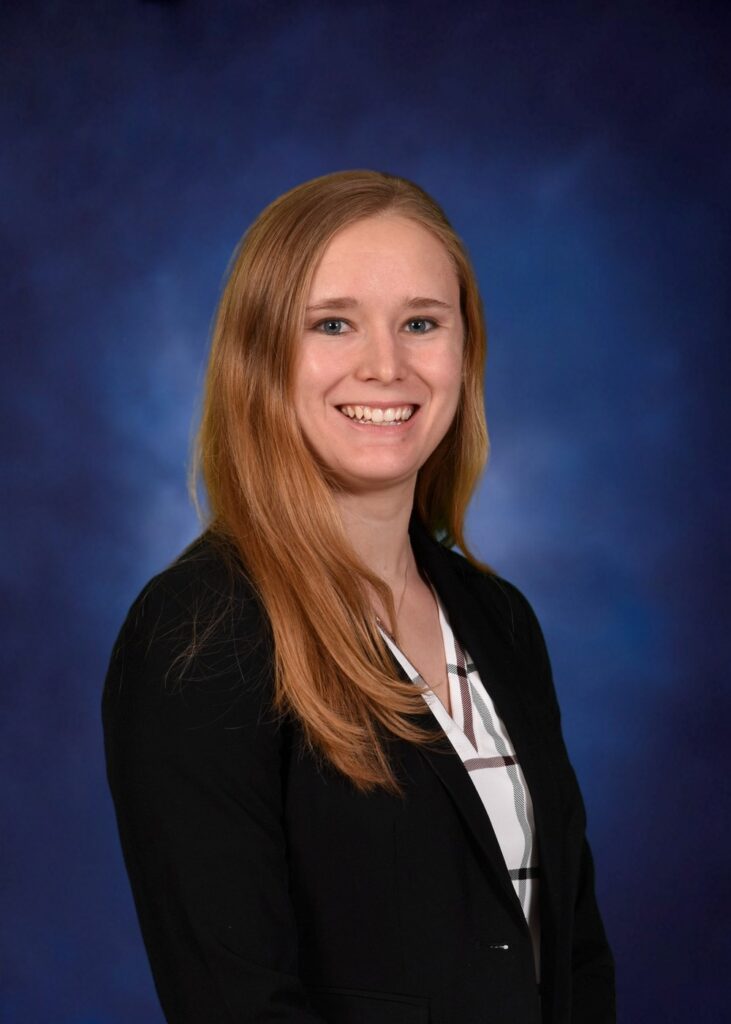In celebration of International Women in Engineering Day, one female engineer encourages aspiring women seeking to enter the field to reach for opportunities and look for open doors
A power engineer and researcher for Idaho National Laboratory (INL) who specializes in distributive energy resources (DER), cybersecurity, and resiliency, Megan J. Culler was drawn to the field by her desire to solve real-world problems, and electrical engineering specifically because of its wide variety of potential applications.
Her inspiration also came in no small part from her mother, an aerospace engineer who has worked at Sandia National Laboratories for over 40 years, and her father, a diesel generator technician with whom she shares common interests related to backup power and generator mechanics.
When it came time to choose a college, Megan opted to go to Texas A&M because of its reputation for having one of the best engineering programs in the US. It was there that she was able to delve into the different engineering disciplines and find her niche, and was also where she was first introduced to, and became involved in, Institute of Electrical and Electronics Engineers (IEEE) student initiatives as a student branch officer. Her early involvement with IEEE gave her exposure to the benefits afforded engineering students, including the IEEE PES Scholarship Plus program, which she was awarded in 2017 and 2018.
Her involvement broadened to include Power & Energy Society (PES) initiatives in graduate school at the University of Illinois at Urbana-Champlain, where she became an IEEE PES Outstanding Student Scholarship recipient in 2020.
“I was very involved with my student branch of IEEE as an undergraduate and became involved with PES groups in graduate school. Our PES chapter was very active and helped me get to know more graduate students. In my second year, I was the co-chair of the student-run Power & Energy Conference at Illinois – PECI conference, which was a great experience,” she said.
“I can trace a lot of opportunities to that original PES scholarship,” she added. “I had a professor who read the essays from the students from our school who had submitted, and he read mine and connected me with a new professor who was looking for more student researchers. As a result, I ended up doing my undergraduate thesis projects with her and it was in part because of that experience that I decided to go to graduate school. I see many cascading events that can be traced back to my involvement with IEEE PES that have led to professional collaboration and partnerships in the field.”
In her work at INL, Megan has been able to marry up many of her interests and is currently working on projects involving resilience and cyber security for power systems with a heavy focus on renewables.
“I’m lead on a project focused on distributed wind, which means wind power that is consumed locally rather than transferred across the state to where it’s used,” she explained. “I’m also working on several cyber security projects for solar programs, and we are expanding into wind there as well. Additionally, I have some projects that are more power focused, such as transmission optimization and grid-enhancing technology and coming up with solutions for how we can bring more renewables online with a growing load and aging infrastructure. I enjoy working on many things at once, so it’s perfect for me.”
When asked how it feels to be a role model for young women who aspire to become engineers and hold her own in what is still largely considered a male-dominated field, Megan responded, “I have a lot of feelings about the whole women in engineering imbalance. When my mom graduated from college, they told her in 20 years it’ll be 50/50 and at my graduation, my electrical engineering class was about 20% female.”
While some of this is field-specific and areas such as chemical and biomedical engineering are closer to the 50% mark, or even higher in some cases, more is still needed to encourage women to join the field, Megan noted.
“I’ve been very supported throughout my education and career and have never experienced stereotypical behavior such as being talked over or having your ideas credited to someone else,” she said. “Still, I’ve been in places where I’m the only female engineer on the entire floor, so you feel the pressure of representing the whole gender in a way.”
She continued. “The ultimate goal is to get where it doesn’t feel weird to be the only female in the room or notice when the opposite is true and you find yourself on a project that only includes female engineers, which I’ve also experienced. I would tell girls who want to enter the field to not be intimated by the roomfuls of men or by the challenges you’ll face because you can do it! Trust your abilities and don’t be afraid to reach for opportunities, ask for help, and always be on the lookout for open doors.”


